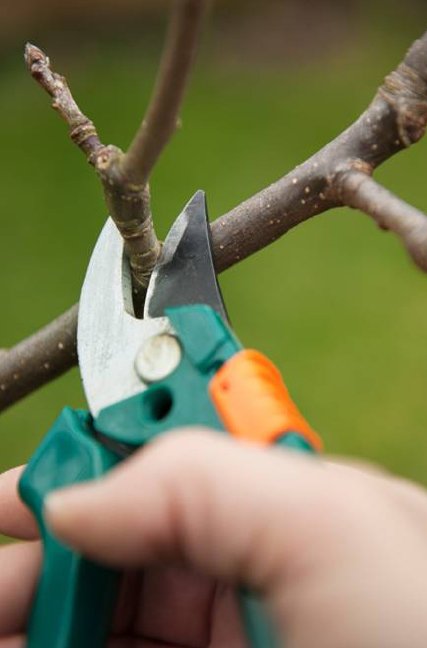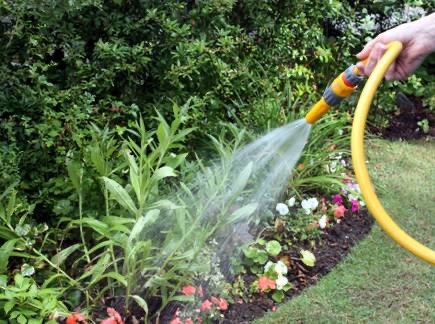by Jamie Harrison Retail Manager, The Greenery Inc.
The weather is cold and wet, but spring is just days away. Here is a simple checklist to make your garden dreams become a reality.

First, before you plant anything, take a soil sample. It is easy to do. Start with a bucket and a clean trowel. Pick a section of your garden- perennial, vegetable, color beds and lawn. The soil should be dry. Each sample should be made up of at least 8-12 scoops, taken 4″-6″ deep from the front, middle and back of the bed. Turf should be from 2″-3″ deep. Label each bag well and bring or send them in for testing. In the Low Country that means the Clemson Extension. Check out their website for more information. http://www.clemson.edu/
A soil sample provides you with three things:
- The soil pH which tells you acidity or alkalinity.
- The current soil levels of phosphorus, potassium, calcium, zinc ad manganese.
- Fertilizer and Lime or Acid recommendation (if needed) for plants growing in your tested area.
Knowing where you are either deficient or proficient in these three areas will help you adjust your soil composition. Doing a soil test and correcting soil problem and conditions before planting will give your plants their best start.

Next, make a calendar of times to prune, feed and fertilize. Make a list of shrubs, grasses and trees that need to be pruned and when. For example Azaleas, Camellias, Gardenias, and Hydrangeas all bloom and then need to be pruned. But some plants such as Oleanders and Vitex bloom on new wood. If you don’t prune them in the beginning of spring, you’re likely to miss the opportunity for blooms.

Do a walk through your garden to check for plant issues. This could be blackened leaves, spots, browning leaf edges or insects. If you find plants that have issues bring them to your local garden center to help identify the problem. Most things can be treated with a simple organicide or dormant oil. Be sure to get help with identification so that you are using the correct treatment to solve your problem. Feed and fertilize in your yard where needed and make a list of new plants, bulbs and seeds to try this season. Add the dates and planting times to your calendar to make them easier to remember.

Happy growing!


